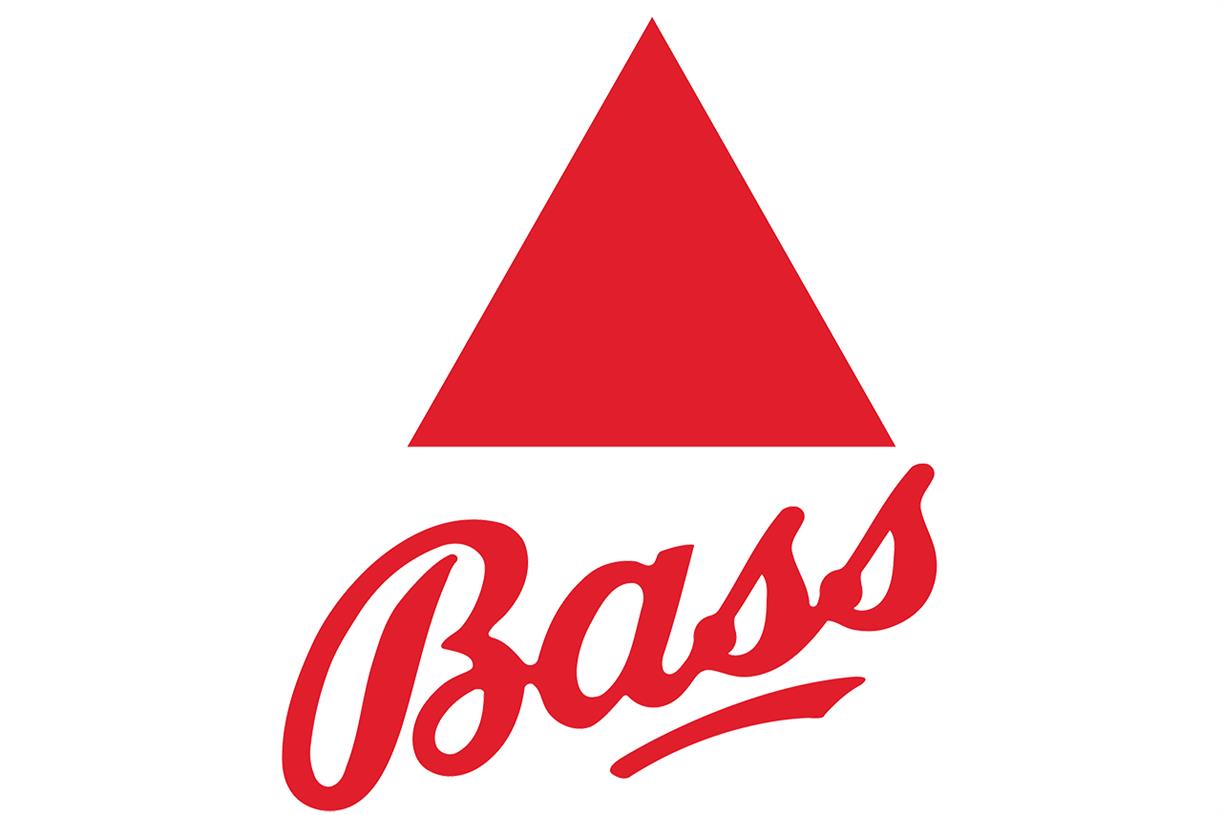
Logos are more than just visual symbols; they are the cornerstone of a brand’s identity, a shorthand for what the company stands for. Over the years, logo design has evolved dramatically, reflecting broader changes in commerce, art, and technology. This blog post explores the rich history of logo design, from its early origins to the digital age.
Ancient Symbols and Heraldry
The history of logo design can be traced back to ancient civilisations. The Egyptians, Greeks, and Romans used symbols to signify ownership or craftsmanship. For instance, stonemasons carved specific marks into their stones, identifying their work to those who could read the signs.
The Middle Ages brought heraldry, where intricate designs represented individual families and entities. These heraldic symbols were early predecessors to modern logos, encapsulating identity and reputation within emblematic visuals. Each colour, shape, and icon within a coat of arms had specific meanings, much like the elements of logos today.
Industrial Revolution: The Birth of Modern Logos
The Industrial Revolution was a turning point for logo design, mirroring the shift towards mass production and broader consumer markets. Logos became crucial for businesses to differentiate themselves from competitors. In 1876, the first trademark legislation in the UK catalysed the formal use of logos, with Bass Brewery’s red triangle becoming the first trademarked logo.

Early 20th Century: Artistic Influence
During the early 20th century, art movements like Art Nouveau, Bauhaus, and Modernism had a significant influence on logo design. These movements emphasised simplicity, abstract forms, and function, characteristics that have defined much of contemporary logo design. The 1920s and 1930s saw logos becoming more streamlined and geometric, a reflection of the modernist ethos of form following function.
Post-War Expansion and Consumerism
The economic boom following World War II ushered in an era of consumerism and global brands. Companies like Coca-Cola, IBM, and McDonald’s developed logos that not only symbolised their products but also a lifestyle and culture. This era saw the rise of graphic design as a recognised profession, with designers like Paul Rand and Saul Bass creating iconic logos that are still in use today.
Digital Age and Beyond
The advent of computers and digital technology in the late 20th and early 21st centuries transformed logo design once again. The digital era demanded logos that could scale from billboard sizes to mobile screens. This led to the trend of simplification, where many companies redesigned their logos to be more streamlined and versatile across various media.
The 21st century has also seen the rise of dynamic logos or “responsive logos,” which change depending on the context they are used in. This flexibility allows logos to interact with viewers, enhancing engagement and relevance in a digital-first world.
Looking to the Future
As we look to the future, logo design continues to evolve with new technologies and shifting consumer expectations. Trends such as minimalism and eco-conscious design are becoming increasingly important, reflecting broader societal shifts towards sustainability and simplicity.
Logo design is a fascinating lens through which to view the history of commerce, art, and technology. As businesses continue to adapt to new challenges and opportunities, the evolution of logo design is set to continue, marking new chapters in this ongoing visual story.
Through its ability to adapt and morph over time, logo design not only reflects our aesthetic tastes but also our cultural values and technological advancements. It’s a compelling reminder of how visual identity shapes and is shaped by the world we live in.
